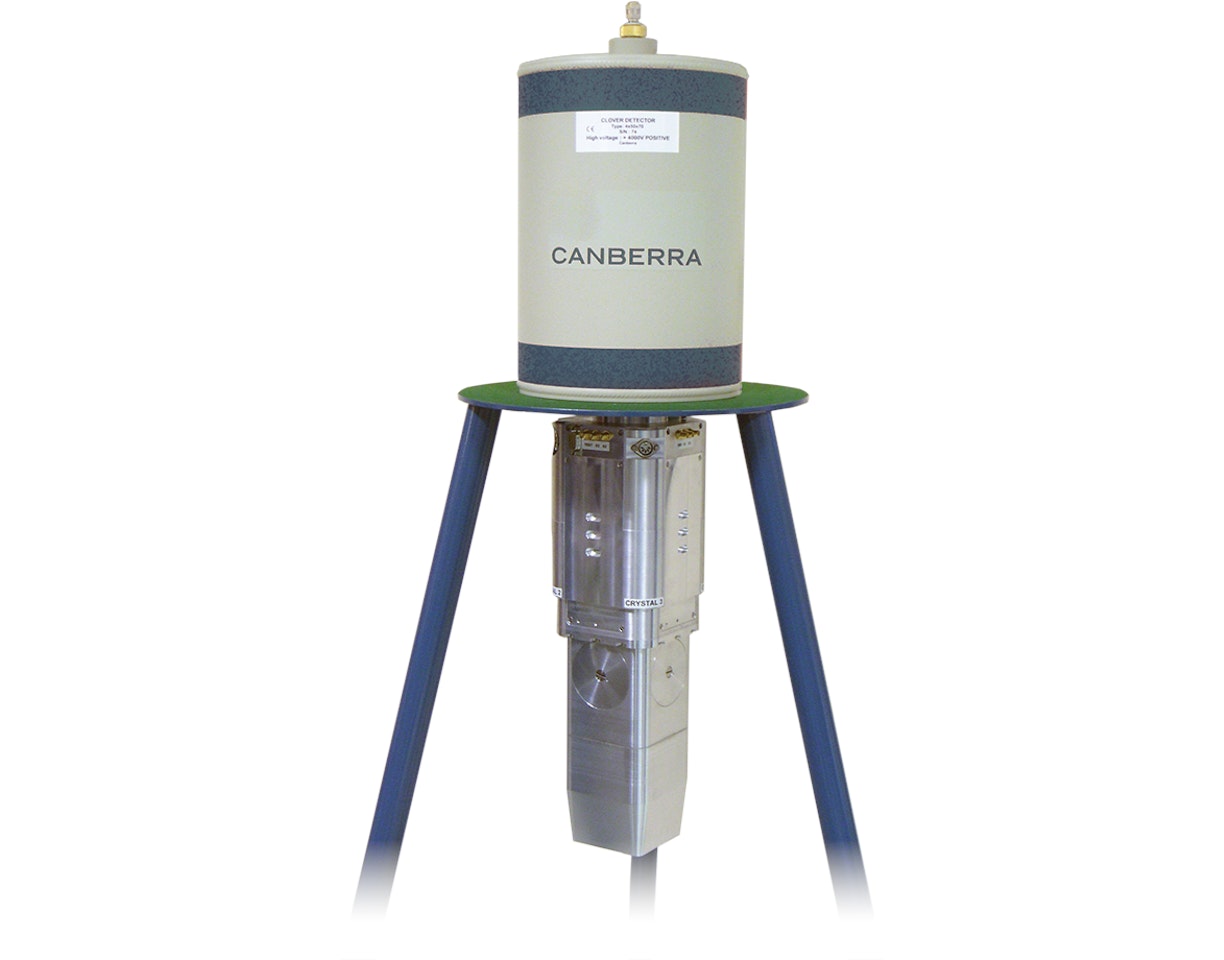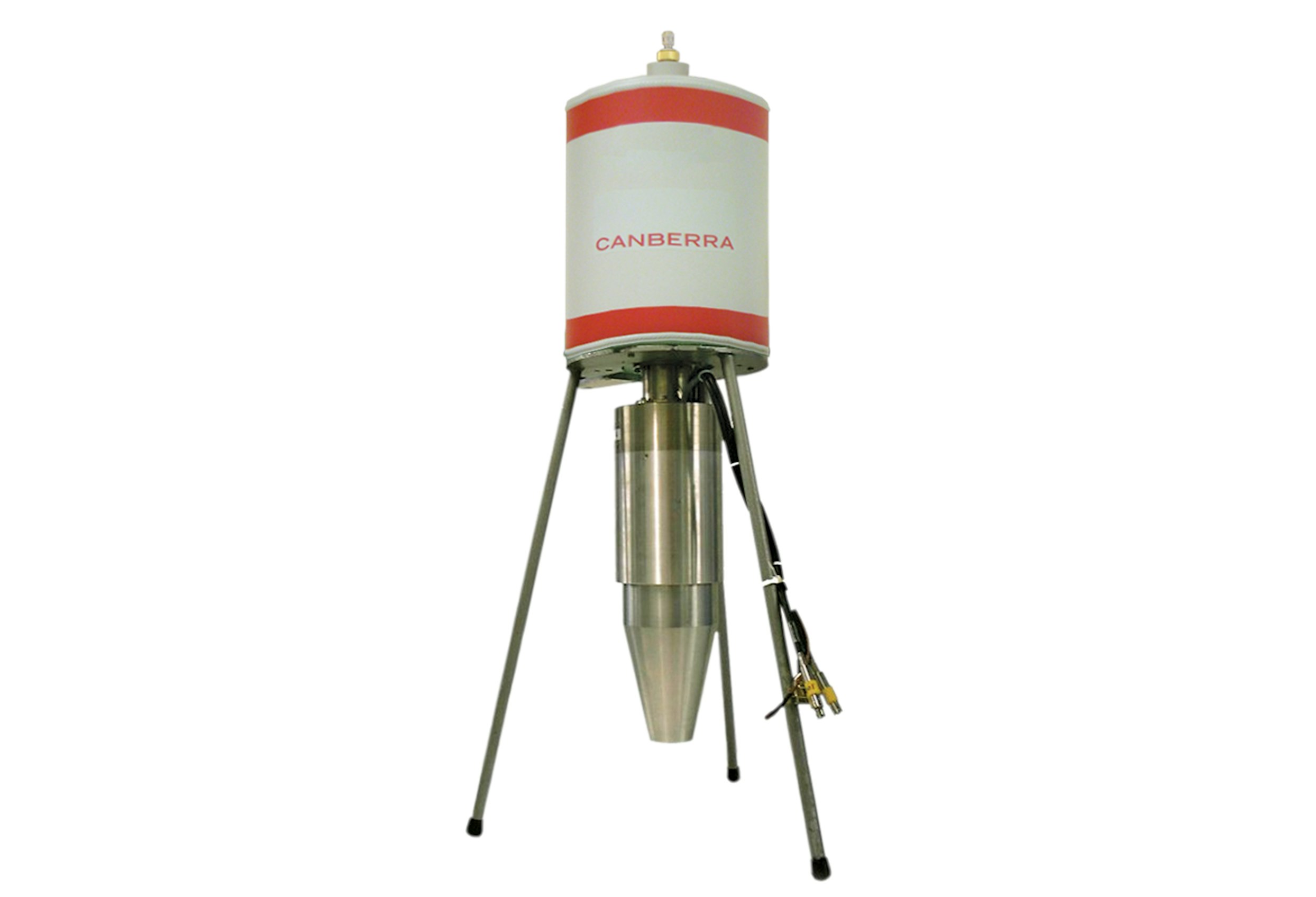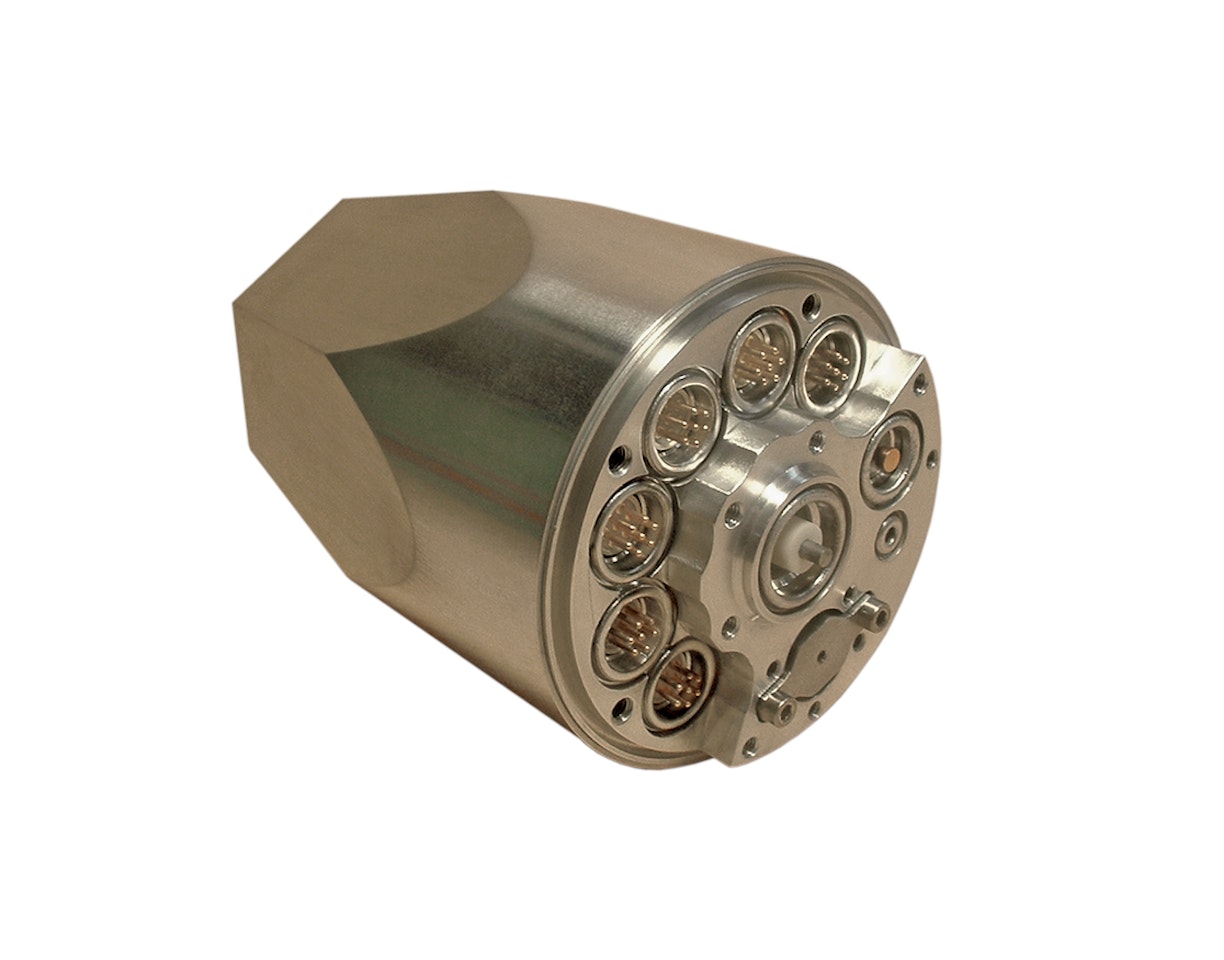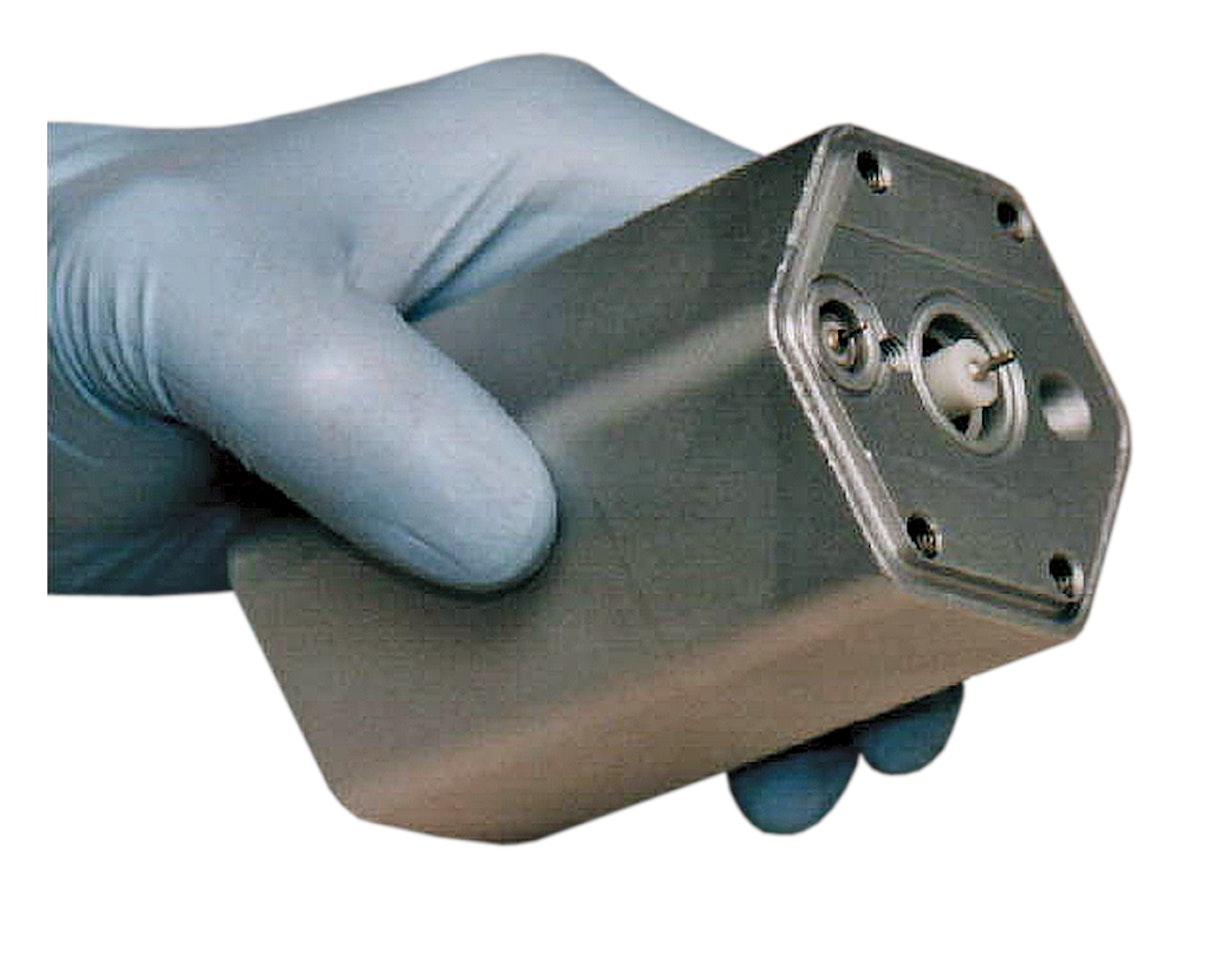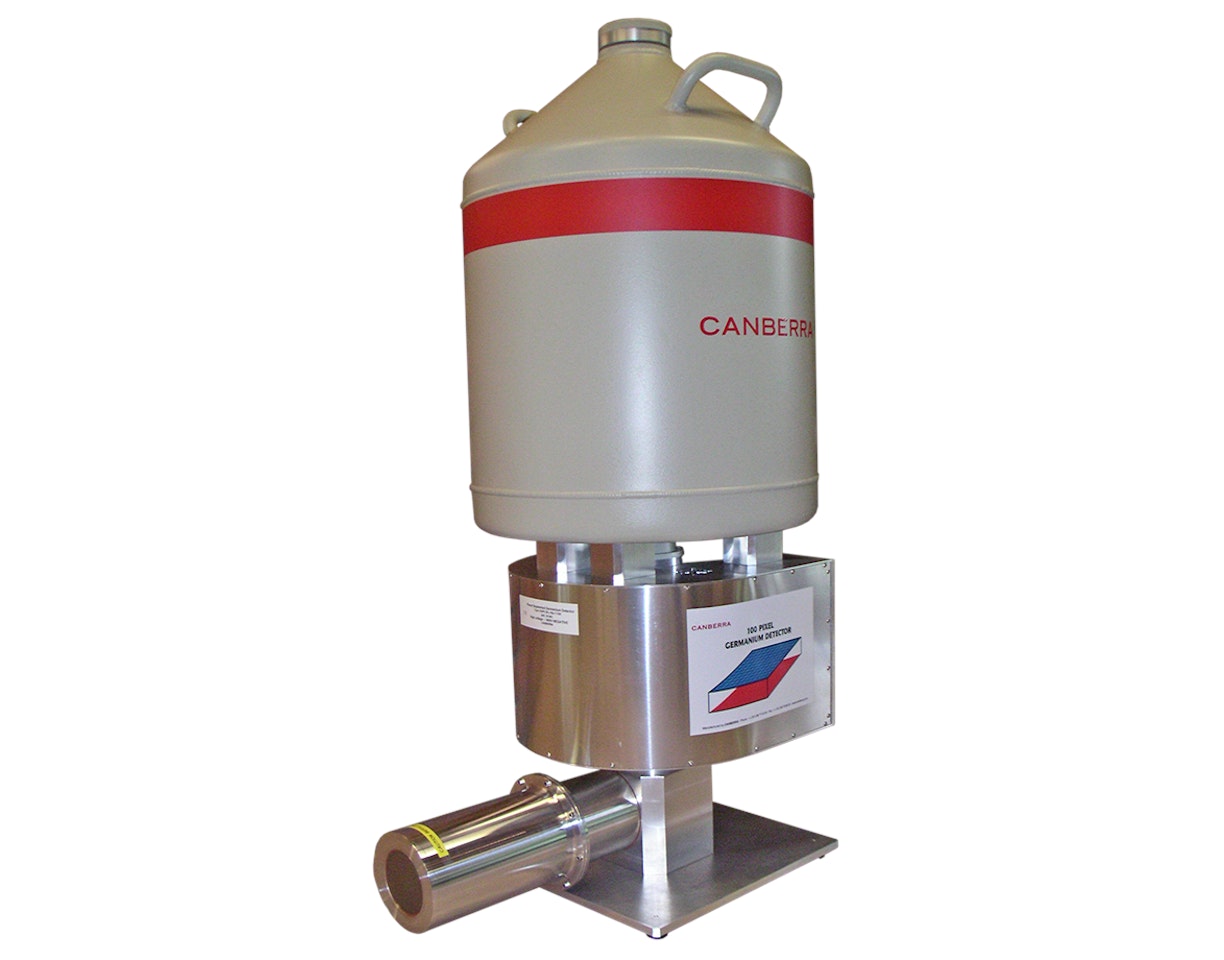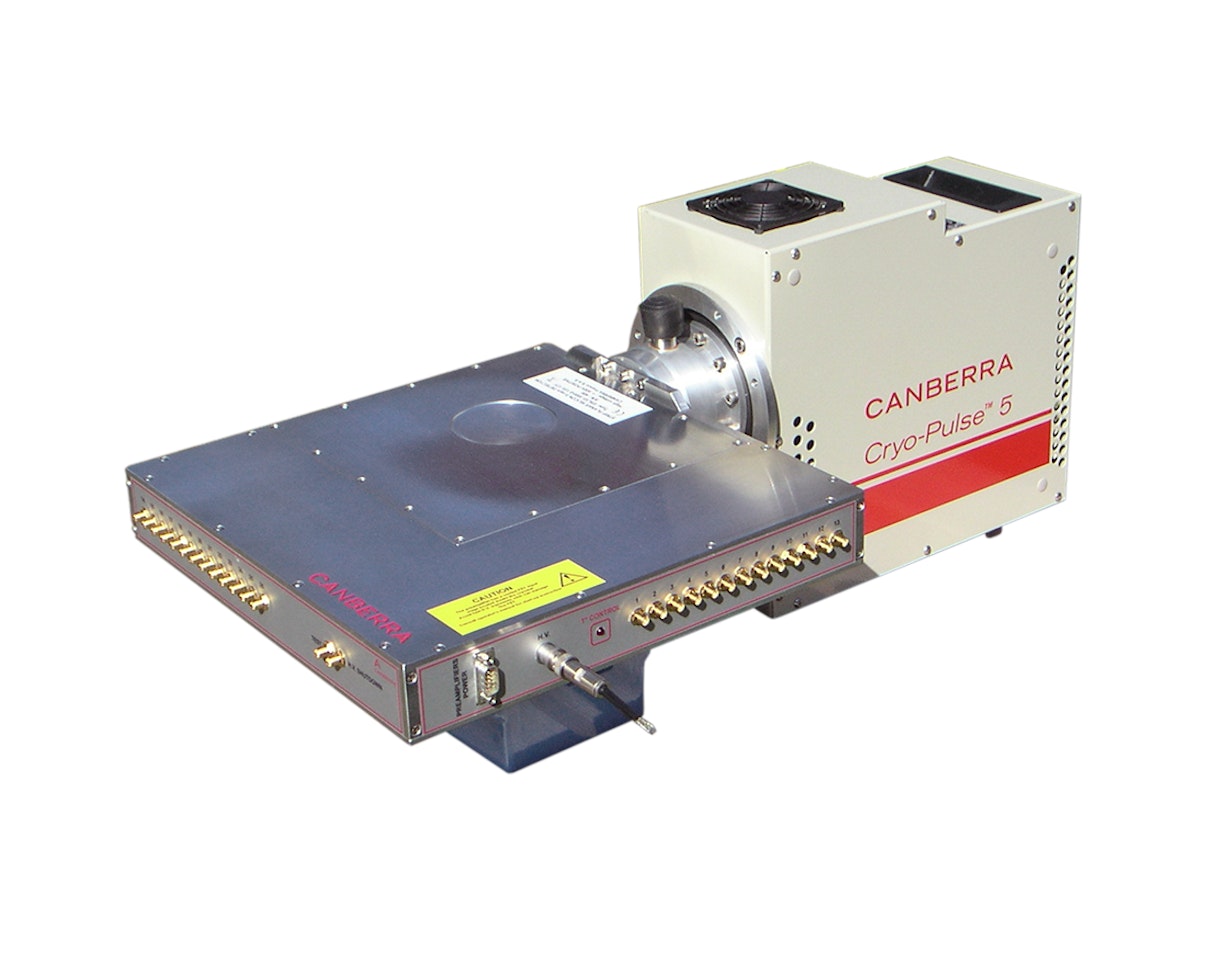Description
The purpose of a telescope arrangement of several planar and coaxial germanium detectors is to get wide energy range measurements with the best possible efficiency and background correction, like in cosmic gamma rays spectroscopy.
Stacks of planar and coaxial, pixel or strip segmented detectors can also be mounted or associated with Si(Li), PIPS detectors to best focus on X-ray or charged particles by vetoing the main signal, and remove any unwanted background.
Such arrangement increases the detector resolving power by discriminating gamma rays from the measured background, and also by reducing Doppler broadening effects.
The absorption efficiency of such detector is very high due to the larger germanium volume crossed by photons or particles.
Moreover, special care has been taken to minimize dead areas within detector assemblies and stacks.
The thin contact technology is a main issue for charged particle detection.
Indeed, a stack of several crystals is a very interesting tool for high energy charged particles measurements.
Stacks of planar and coaxial detectors and assemblies of stack in arrays in common cryostat are possible.
Mirion can offer a dedicated cryostat with special high cooling power LN2 Dewars developed for array detectors (Clover™ detectors). LN2 free solutions are possible as well with the latest electrical cooling technology. This is now a very mature cooling solution in case LN2 has to be banned because of safety or security regulations; any room constraints (industrial applications) or accessibility (space applications).
Applications
- Waste barrel monitoring or whole body counting systems: Both applications need highest efficiency, wide energy range and lowest MDAs
- Space spectroscopy: background reduction by multiple site method (ß decay suppression)
- Compton cameras: telescope of double sided strip detectors (DSSDs)
- Nuclear physics: Doppler broadening correction by incidence angle measurements (segmented planar detector stack)
- High energy measurements of gamma rays with best achievable efficiency
- Background reduction by vetoing of charge particles
- High energy proton spectroscopy
